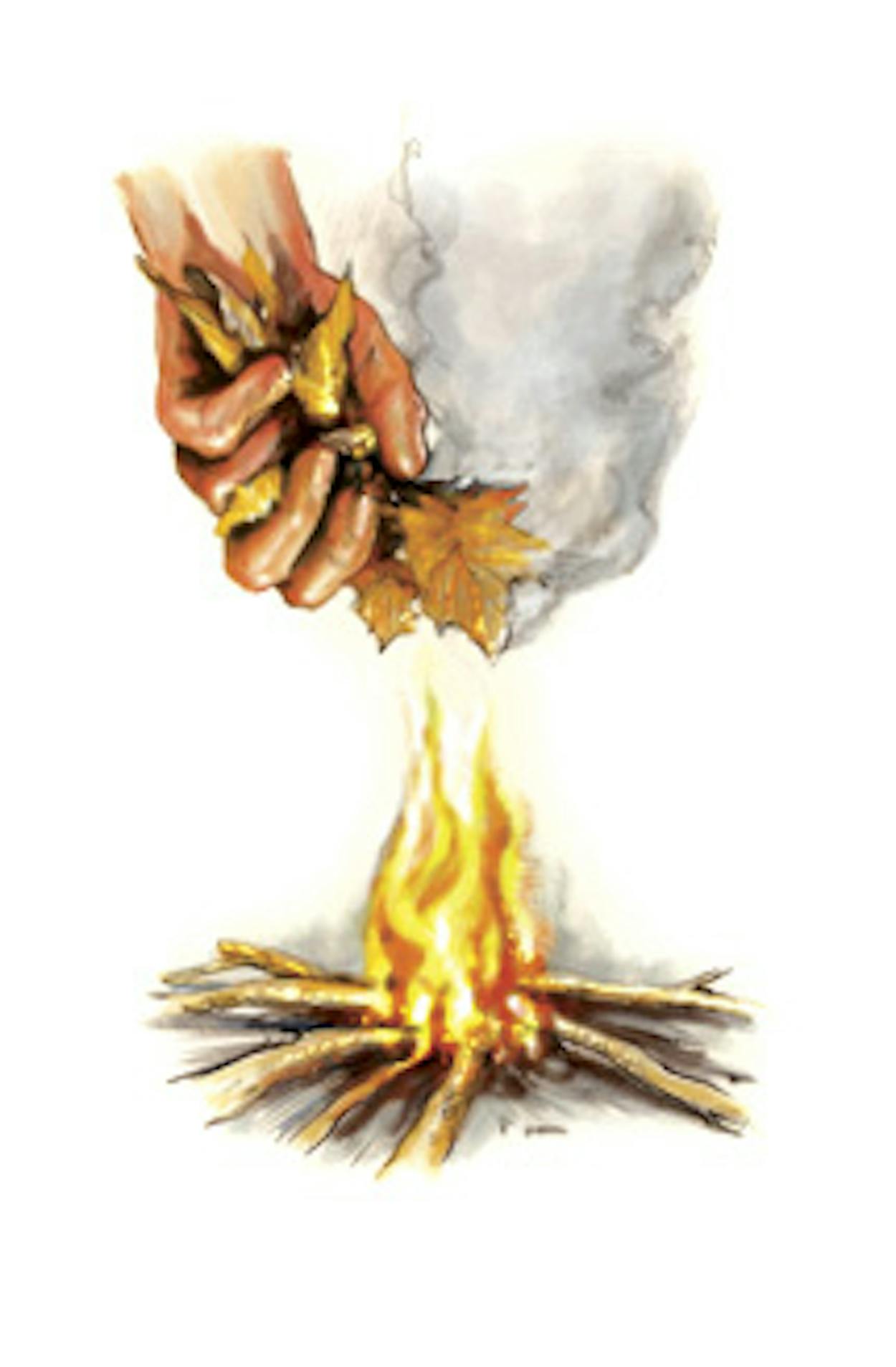1. Using a Map and a Compass
GPS has made life easy for directionally challenged Texans, but in the backcountry, compasses and topographic maps still rule. To plot out a simple hike, find your location on the map, place the compass over it, and determine your relationship to true north. (More-serious excursions require you to understand declination, or the difference between true north and magnetic north, but that’s a lesson for another day.) Look for a landmark represented on the map, such as a hill or a stream, and take note of its bearing on the compass (for example, east is 90 degrees). Consider the change in elevation by reading the contour lines—remember that the closer together they are, the steeper the slope—and hike to your first point by following the compass heading. To determine the distance of longer hikes, place a piece of string over the approximate route, then stretch it out and compare it with the scale.
2. Cleaning a Fish
Tired of catch and release? Then it’s time to make a meal out of your prize. First, wash your fish with cold water, preferably not from the lake or river. Next, using a sharp knife, make a cut below the mouth from gill to gill. Then run the knife just below the skin from the rear of the fish to just below the gills. Slip your finger in the mouth and, while dangling the fish by the gills with your other hand, pull down. This should remove the entrails and leave an empty cavity. Rinse out the blood (and anything else) with fresh water and remove the head if desired. All that’s left now is to cook and eat the fish—and start exaggerating about how big your catch really was.
3. Hanging a Bear Bag
Generally speaking, a camping trip is most successful when a bear doesn’t mistake you for food. So even though the chances are slim that you might encounter one, you should hang your food every night. Take a bag, though not the one for your bedroll, and fill it with any goodies that might attract bears or any other curious animals. Then tie something heavy—like a half-filled canteen—to one end of a rope, pick out a high branch away from your campsite, and throw it over. Remove the canteen and attach the bag. Raise it high enough that a bear can’t reach it, but leave it hanging below the branch so that smaller, craftier animals can’t open it easily. Tie the other end of the rope to another trunk and sleep a little more soundly.
4. Starting a Campfire in Wet Weather
Almost anyone can boast about starting a one-match fire in good conditions, but bad weather can challenge even an experienced camper’s inner Grizzly Adams. First, look for drier kindling hidden by or inside fallen trees, and use a knife to carve out small pieces from the inside of the trunk, which will often be as dry as paper. You can also search through piles of leaves on the ground, which can protect twigs and grasses from the rain. Or use this old Boy Scout trick: Grab some steel wool, remove the batteries from your flashlight, and, placing them end to end, touch the wool to both tips. The batteries’ charge will ignite the steel wool, putting out enough heat to spark your kindling. But the most important thing when building any fire, even in wet conditions, is to be safe. Always build a proper fire pit and obey park rules.
5. Cooking a Campfire Dessert
Possibly the most important skill of all. Anyone can make s’mores, but to really impress your friends, make a peach cobbler using coals from your fire or charcoal briquettes. First, line a heavy Dutch oven with aluminum foil, then fill with peach filling. Sprinkle a basic cake mix on top, but do not stir. Sprinkle sugar on top of that and add several pats of butter. Cover the Dutch oven and place it on a bed of coals, filling around the side and the lid with a shovel. Bake for twenty to thirty minutes, and when you begin to smell the cobbler, remove the lid with heavy pliers. Help yourself to seconds and consider yourself the king of the campsite.








